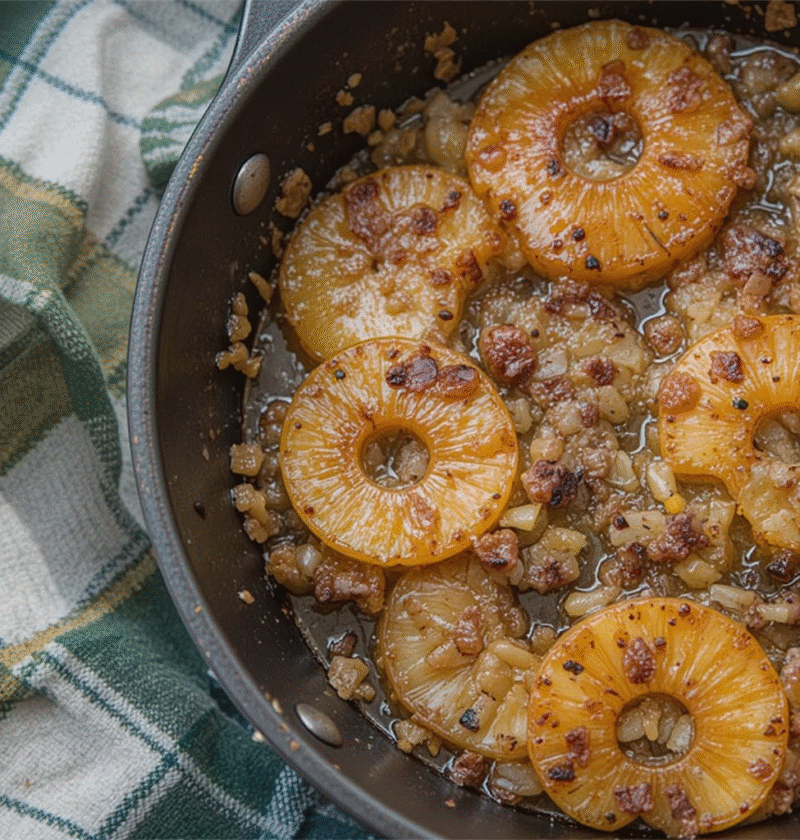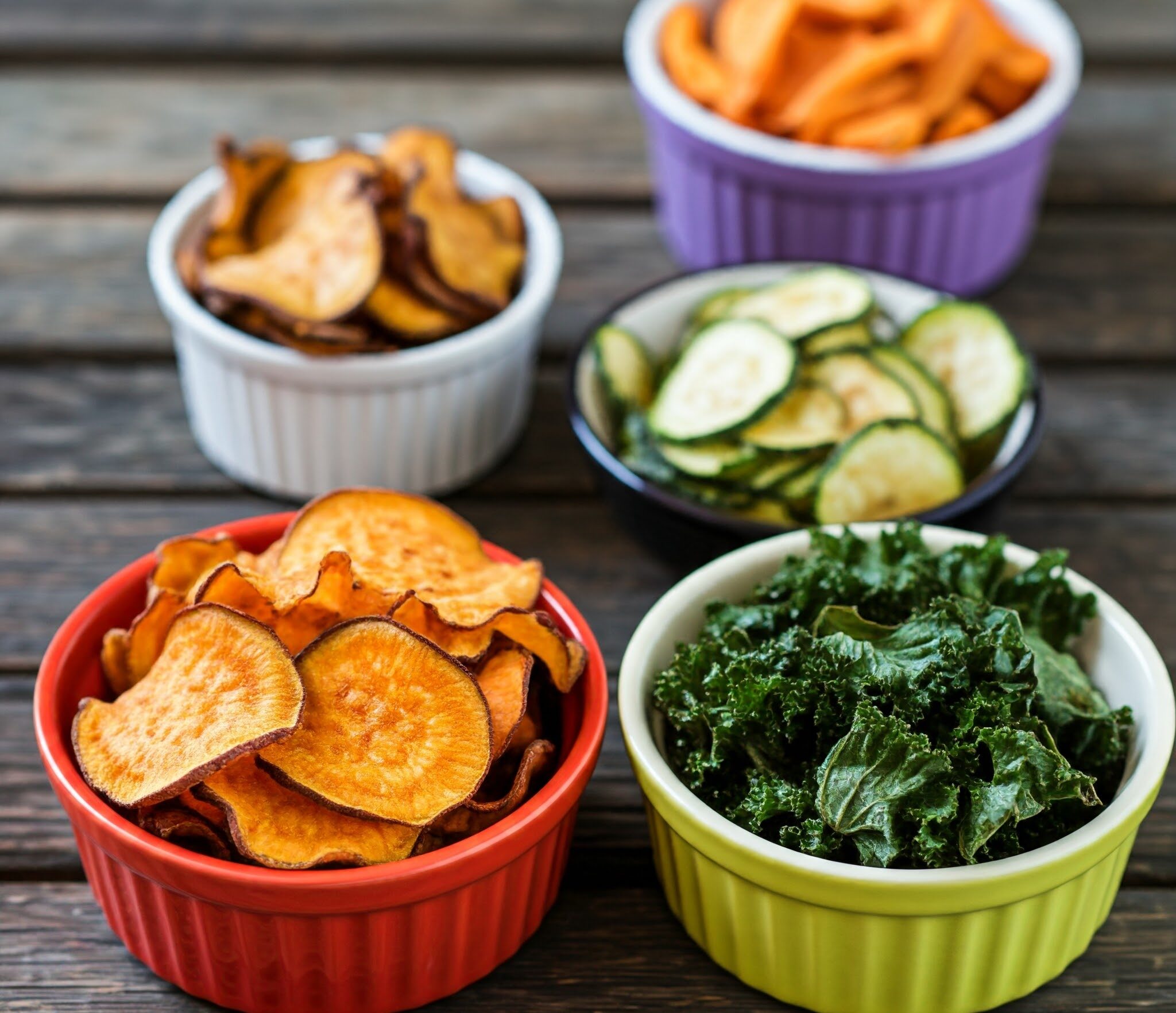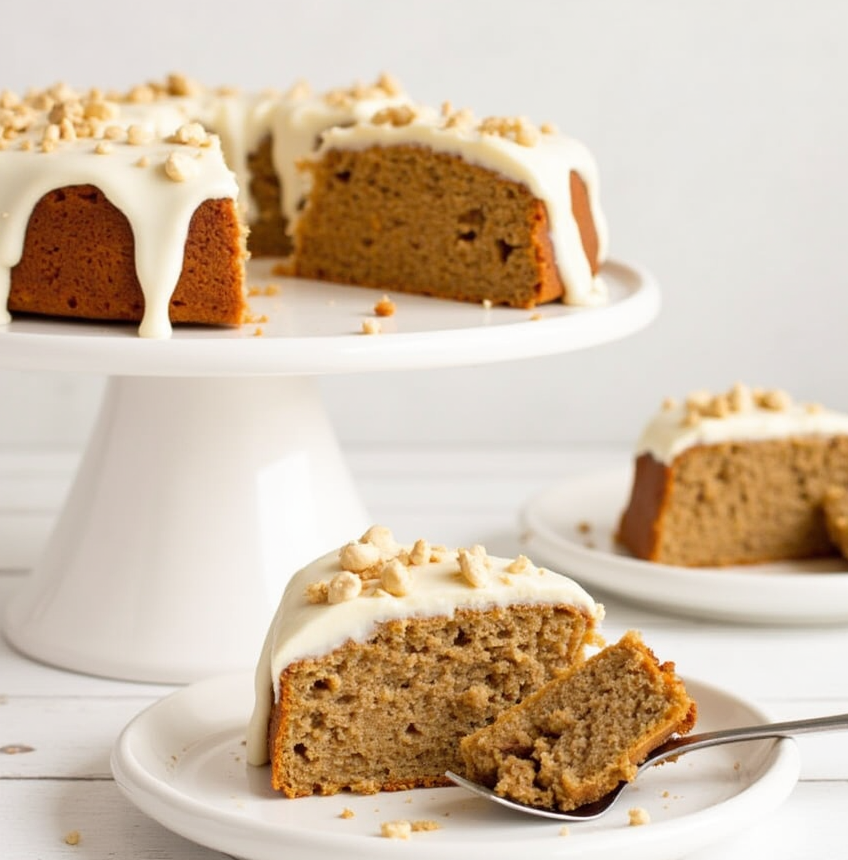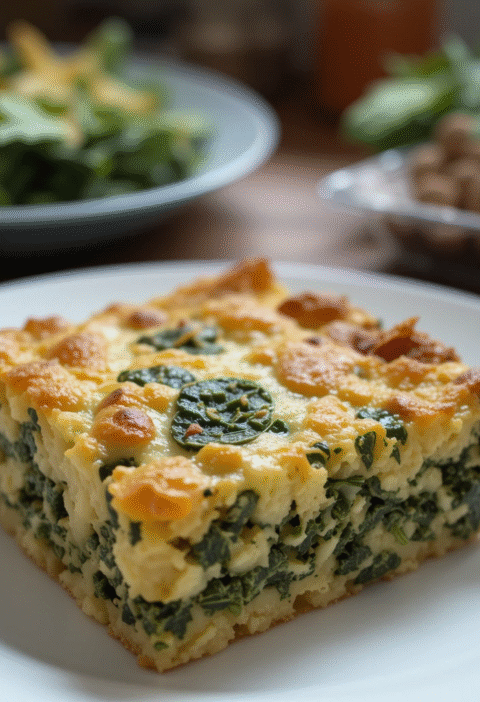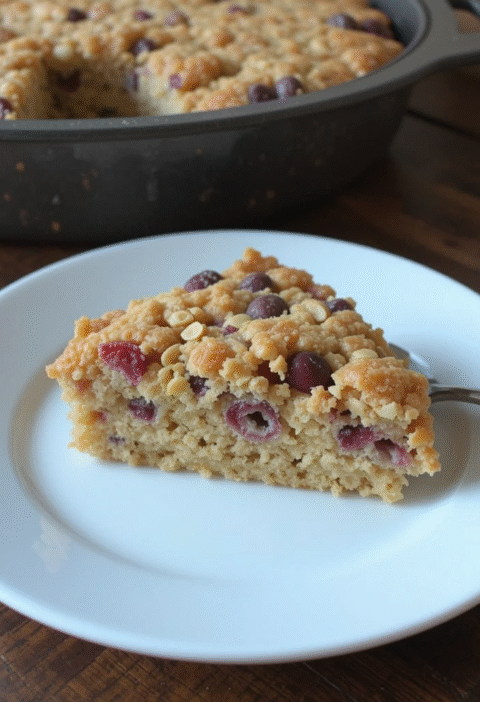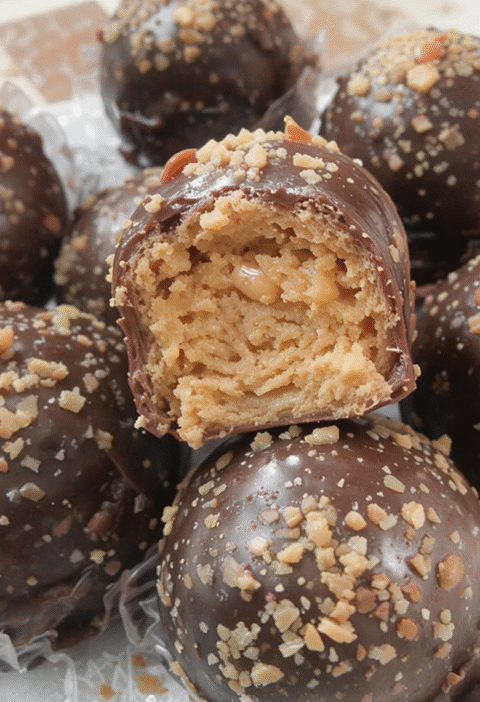In the world of desserts, we often face a dilemma: we crave something sweet, elegant, and satisfying, but we lack the time, energy, or ingredients for a complex baking project. What if the solution wasn’t in your oven, but sizzling away in a skillet on your stovetop? What if you could create a restauran quality dessert in less than 10 minutes with just two main ingredients?
Enter Maple Glazed Skillet Pineapple. This dish is a revelation a stunning transformation of humble pineapple rings into a glossy, caramelized, deeply flavorful masterpiece. The natural sugars in the fruit intensify and marry with the rich, earthy sweetness of pure maple syrup, creating a complex sauce that is both luxurious and wholesome.
This isn’t just a recipe; it’s a technique, a gateway to countless desserts, and a guaranteed crowd-pleaser. Whether you’re a seasoned chef or a kitchen novice, this guide will walk you through everything you need to know to perfect this stunning dish.
Why This Skillet Pineapple Recipe is a Game-Changer
Before we dive into the “how,” let’s talk about the “why.” This recipe deserves a permanent spot in your culinary repertoire for several compelling reasons:
- Unbeatable Speed: From cutting board to bowl in under 10 minutes. It’s faster than ordering delivery.
- Minimal Ingredients: Core ingredients: pineapple and maple syrup. Everything else is an enhancement.
- Naturally Vegan and Gluten-Free: It effortlessly accommodates many dietary restrictions without feeling like a “substitute” dessert.
- The Wow Factor: The sizzle, the aroma, the beautiful caramelization—it’s a performance piece that impresses guests.
- Incredibly Versatile: Served alone, over ice cream, alongside cake, with yogurt, or with roasted meats—it works everywhere.
The Science of Sweet: Understanding Caramelization
What makes this simple process so magical? It’s all about science specifically, the Maillard reaction and caramelization.
Caramelization is the oxidation of sugar. When sucrose (the sugar in maple syrup and pineapple) is heated to around 340°F (170°C), it begins to break down. It melts, foams, and reforms into new compounds that provide a deep, nutty, complex flavor and that characteristic golden-brown color. This is different from the Maillard reaction, which involves proteins and amino acids (think searing a steak or baking bread). In our skillet, we are primarily achieving caramelization, which is why the result is so intensely sweet and fragrant.
The high water content of the fresh pineapple might seem like a hurdle, but it’s actually a benefit. As the water evaporates from the skillet, it allows the temperature to rise sufficiently for the sugars to then caramelize properly, creating a rich, sticky glaze that clings to each piece of fruit.
Selecting Your Stars: A Guide to Ingredients
The simplicity of this dish means the quality of each ingredient is paramount.
1. The Pineapple: Fresh vs. Canned
This is the most important choice.
- Fresh Pineapple: Highly recommended. The flavor is brighter, sharper, and more complex. It holds its texture better during cooking, offering a delightful contrast between the caramelized exterior and the juicy, tender interior. Look for a pineapple that is fragrant at the base, has green leaves, and yields slightly to pressure. Don’t worry if the exterior is gold; a little green is okay.
- Canned Pineapple Rings: A fantastic and convenient alternative. Ensure you buy pineapple rings packed in 100% pineapple juice, NOT heavy syrup. The heavy syrup will make the final dish cloyingly sweet and prevent proper caramelization. Pat the rings very dry with paper towels before adding them to the hot skillet to avoid splattering and to help them sear instead of steam.
2. The Maple Syrup: The Real Deal
Not all syrups are created equal. For the best flavor, you must use 100% pure maple syrup. Pancake syrup or table syrup is primarily corn syrup with artificial maple flavoring and will not caramelize correctly. It will burn easily and taste artificial. Grade A Amber Color and Rich Taste (formerly Grade A Medium Amber) is the most common and perfect for this recipe. Its balanced flavor complements without overpowering the fruit.
3. The Fat: Building a Foundation
A little fat is crucial for preventing sticking and for building a richer sauce.
- Unsalted Butter: Provides a classic, rich flavor that pairs beautifully with the maple and pineapple. It browns slightly, adding another layer of nutty complexity (beurre noisette).
- Coconut Oil: An excellent vegan option that enhances the tropical vibe of the dish. Use refined coconut oil for a neutral taste or unrefined (virgin) for a subtle coconut flavor.
- Ghee (Clarified Butter): Has a high smoke point, meaning it’s less likely to burn, and offers a deep, nutty butter flavor.
4. The Flavor Enhancers (Optional but Recommended)
While delicious with just two ingredients, these add depth and sophistication:
- Spices: A pinch of cinnamon, nutmeg, or a dash of cayenne pepper for a “kick.”
- Citrus Zest: A little lime or orange zest added at the end brightens everything up.
- Vanilla Extract: A splash added to the glaze at the very end of cooking adds warmth.
- Salt: A pinch of flaky sea salt (like Maldon) sprinkled on top before serving contrasts the sweetness perfectly.
- Liquor: A tablespoon of dark rum, bourbon, or coconut rum added to the glaze after removing the skillet from heat adds an adult twist. Flambé it for drama (and to cook off the alcohol)!
The Equipment: Your Trusty Skillet
The right pan makes all the difference.
- Cast Iron Skillet: The ultimate choice. It retains and distributes heat exceptionally evenly, creating a perfect sear and consistent caramelization. It also goes from stovetop to table beautifully.
- Stainless Steel Skillet: Another great option. It provides excellent browning and allows you to see the color of the glaze developing clearly.
- Non-Stick Skillet: Works in a pinch, especially if you’re nervous about sticking. However, it won’t develop quite the same level of fond (the browned bits stuck to the pan) that deglazes into the sauce, but it will still be delicious.
Avoid overcrowded pans. Cook in batches if necessary to ensure each pineapple ring has contact with the hot surface.
The Step-by-Step Recipe: Maple Glazed Skillet Pineapple
Yields: 4 servings
Prep time: 5 minutes
Cook time: 5-7 minutes
Ingredients:
- 1 large ripe fresh pineapple (or 1 can (20 oz) of pineapple rings in juice, drained and patted dry)
- 3 tablespoons pure maple syrup
- 1 tablespoon unsalted butter, coconut oil, or ghee
- 1/2 teaspoon vanilla extract (optional)
- Pinch of cinnamon or cayenne (optional)
- Flaky sea salt, for garnish (optional)
Instructions:
- Prepare the Pineapple: If using a fresh pineapple, cut off the crown and base. Stand it upright and slice off the skin, removing the “eyes” with a small paring knife. Slice it into 1/2-inch to 3/4-inch thick rings. Remove the hard core from each ring using a small round cutter or by carefully cutting it out with a knife.
- Heat the Skillet: Place your skillet over medium-high heat. Let it get properly hot—a drop of water should sizzle and evaporate instantly.
- Create the Base: Add the butter or coconut oil to the hot skillet and swirl to coat the bottom.
- The Caramelization: Carefully place the pineapple rings in a single layer in the hot skillet. You may need to work in batches. Let them cook undisturbed for 2-3 minutes, until a deep golden-brown crust forms. Don’t move them too early!
- Flip and Glaze: Flip each ring. They should release easily if a good sear has formed. Immediately pour the maple syrup (and any optional spices) into the skillet around the rings. It will bubble vigorously.
- Baste and Reduce: Tilt the skillet and use a spoon to continuously baste the pineapple rings with the bubbling syrup for 1-2 minutes. This coats them and helps the syrup reduce into a thicker glaze. The glaze is ready when it coats the back of a spoon and bubbles become slow and thick.
- Finish: Remove the skillet from the heat. If using, stir in the vanilla extract. The residual heat will cook off the alcohol.
- Serve Immediately: Transfer the glazed pineapple rings to plates. Spoon any remaining glaze from the skillet over the top. Garnish with a pinch of flaky sea salt or a zest of citrus.
Pro Chef Tips for Absolute Perfection
- Don’t Crowd the Pan: This is the golden rule. Overcrowding creates steam, which will boil the pineapple instead of caramelizing it. Cook in batches for the best results.
- Resist the Urge to Move: Let the pineapple sit undisturbed for the first few minutes to develop that crucial sear.
- Watch the Heat: Maple syrup can burn quickly. If your skillet is getting too hot, reduce the heat to medium. The goal is a steady, vigorous bubble, not a violent, smoking burn.
- Embrace the Fond: Those browned bits stuck to the pan after searing are packed with flavor. The maple syrup will dissolve them (deglaze the pan) as you baste, creating an incredibly rich sauce.
- Go Thick: Thicker pineapple rings (3/4 inch) stand up better to the heat and provide a better textural contrast between the caramelized exterior and the juicy interior.
Serving Suggestions: From Breakfast to Dessert
The beauty of this dish is its versatility.
- The Classic: A la mode! Serve warm over a generous scoop of vanilla bean ice cream. The contrast of hot and cold, sweet and creamy, is sublime.
- Breakfast Glory: Top Greek yogurt, oatmeal, pancakes, French toast, or waffles for a gourmet morning meal.
- The Tropical Twist: Serve alongside coconut ice cream or panna cotta for a full island experience.
- The Elegant Dessert: Plate alongside a slice of pound cake, cheesecake, or flourless chocolate cake.
- The Healthy Option: A topping for cottage cheese or a bowl of fresh ricotta.
- The Savory Pairing: Surprisingly fantastic with grilled pork chops, ham, or roasted duck. The sweetness cuts through the richness of the meat.
Storing and Reheating
This dish is best enjoyed immediately. However, you can store leftovers in an airtight container in the refrigerator for up to 3 days. Reheat gently in a skillet over low heat or in the microwave in short bursts. The texture will be softer but the flavor will still be excellent.
Frequently Asked Questions (FAQ)
Q: Can I use other fruits?
A: Absolutely! This technique works wonderfully with firm fruits like peaches, nectarines, apples, pears, and bananas (add them at the very end as they cook very quickly).
Q: My syrup became hard and candy-like. What happened?
A: This means it was cooked too long at too high a temperature, causing the sugars to crystallize and harden. Next time, use a slightly lower heat and remove the pan from the heat as soon as the glaze thickens.
Q: Is this healthy?
A: In moderation, yes! Pineapple is an excellent source of vitamin C, manganese, and the digestive enzyme bromelain. Pure maple syrup contains antioxidants and minerals like zinc and manganese. It’s a dessert, but it’s made from whole, natural ingredients without refined sugars or processed fats.
Q: Can I make this ahead of time?
A: You can prep the pineapple ahead of time, but the cooking should be done just before serving for the best texture.
Conclusion: A Culinary Triumph in Minutes
Maple Glazed Skillet Pineapple is more than a recipe; it’s a testament to the power of simple, quality ingredients treated with respect and a little heat. It proves that you don’t need complexity to create something extraordinary. It’s a technique that empowers you to create a beautiful, impressive, and deeply satisfying dessert any night of the week.
So, the next time a sweet craving strikes, bypass the complicated recipes and reach for that skillet. In the time it takes to preheat an oven, you can have a dazzling, caramelized masterpiece ready to delight your senses. Happy cooking

